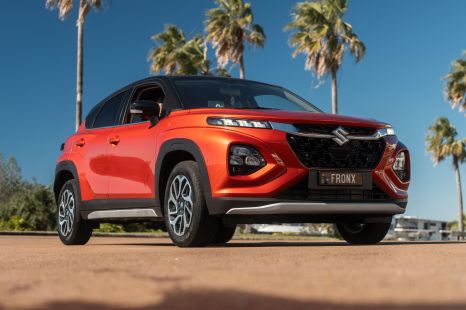

William Stopford
3 Days Ago

News Editor
The devil wasn’t the only one to go down to Georgia – electric vehicle startup Rivian is heading that way, too.
The US company is spending US$5 billion (A$6.97 billion) on the construction of a “carbon-conscious campus” east of Atlanta, which Georgia Governor Brian Kemp says is the largest economic development project in the state’s history.
It’s set to eventually employ more than 7500 workers and produce up to 400,000 vehicles per year.
Construction will begin in mid-2022, with Rivian vehicles set to start rolling off the line in 2024. The company says the factory will build its “next generation of vehicles”.
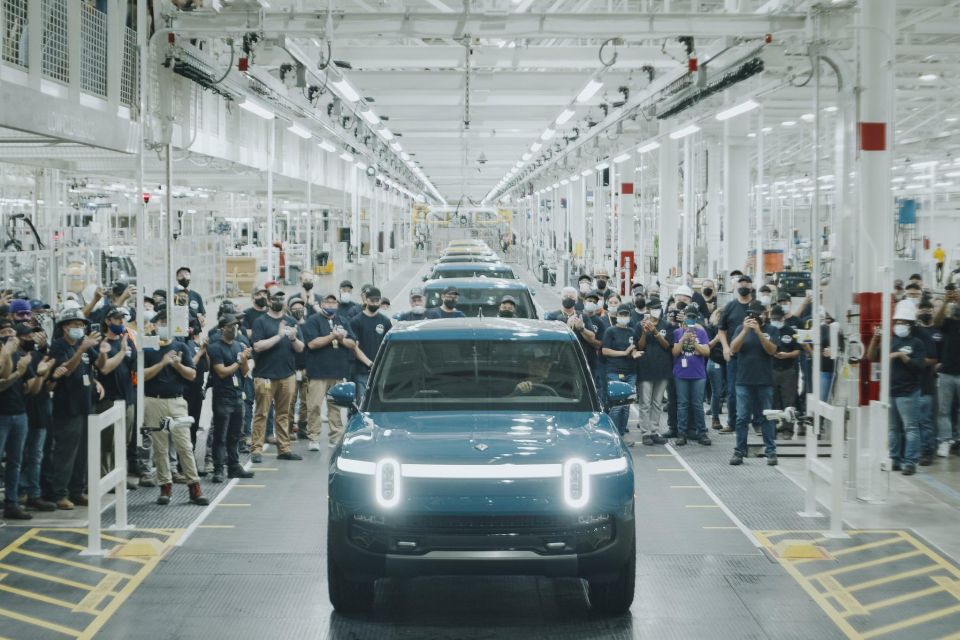
The 2000-acre parcel of land will include “abundant natural space”, while Rivian will develop community engagement and training programs in the area as it has in Illinois.
The company’s first plant – the ex-Mitsubishi factory in Normal, Illinois that produces the R1T ute and R1S SUV – isn’t being ignored.
It’s been approved for a 57,878m³ expansion, bringing the total footprint to around 371,612m³ and increasing annual production capacity from 150,000 to 200,000 vehicles.
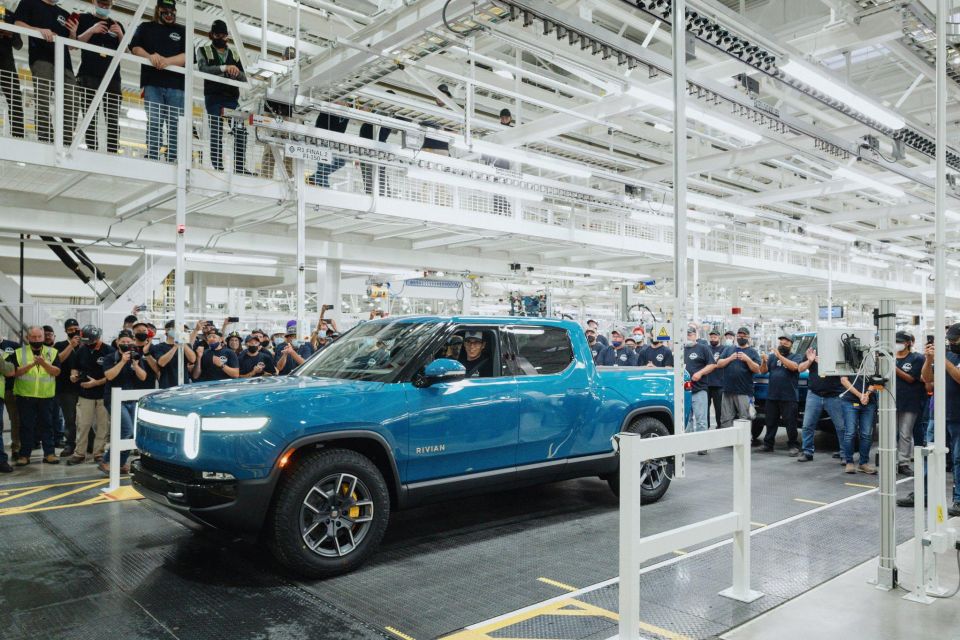
The company also plans to expand its storage and production capacity at Normal, and hire an additional 800-1000 employees in the second quarter of 2022. It currently has over 3000 employees there.
The announcements come as Rivian has posted a third-quarter net loss of US$1.23 billion (A$1.71 billion), or US$776 million (A$1.08 billion) adjusted.
It’s the first set of financial results the company has announced since it went public in November, raising US$13.7 billion (A$19.10 billion) in gross proceeds in the biggest listing of 2021.
Its market value is now almost US$100 billion (A$139 billion), greater than that of legacy automakers like General Motors and Ford.
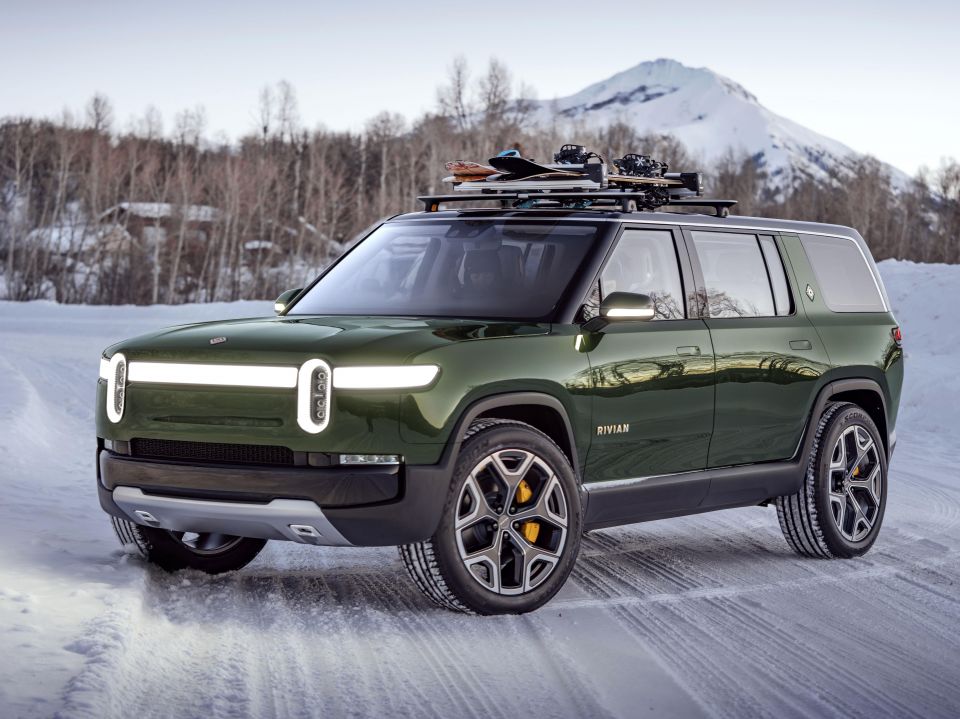
Rivian has also announced it’ll fall short of its 2021 production target of 1200 by a few hundred vehicles, citing the short-term hurdles of rolling out a range of new products in “one of the most complex supply chain environments the automotive industry has ever experienced”.
Not only is Rivian new to vehicle production, it has conceded it doesn’t expect to be profitable for the foreseeable future as it ramps up operations.
That’s what the startup said in its S-1 prospectus filing with the US Securities and Exchange Commission (SEC). However, it’s worth noting it took Tesla – it of the US$1 trillion market cap – almost 20 years to turn a profit.
The first production R1T ute rolled off the line in Illinois during September 2021, with its R1S SUV counterpart following in December.
As of December 15, 2021, Rivian says it has 71,000 pre-orders of its R1 ute and SUV models.
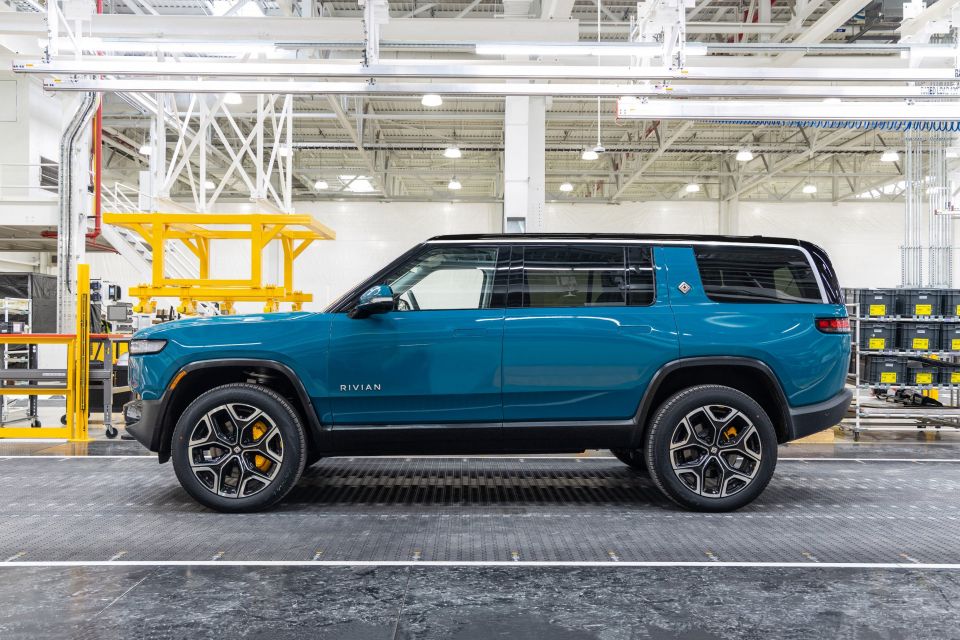
Rivian says considerations in choosing its second production site included logistics, environmental impact, renewable energy production, the availability and quality of talent, and the fit with Rivian company culture.
“We’re happy to partner with Georgia on our new manufacturing site, which will build our next generation of products that are important for scaling our business,” said Rivian’s chief people officer Helen Russell.
Rivian will be just the latest in a long line of automakers to build vehicles in the American South, where governments are eager to incentivise companies to set up shop in their respective states.
It joins Kia in establishing a manufacturing presence in the Peach State.
Rivian currently produces three vehicles: the aforementioned R1T and R1S, aimed at private buyers, and the EDV electric van for fleets. Amazon, one of Rivian’s key investors, has ordered 100,000 EDVs.
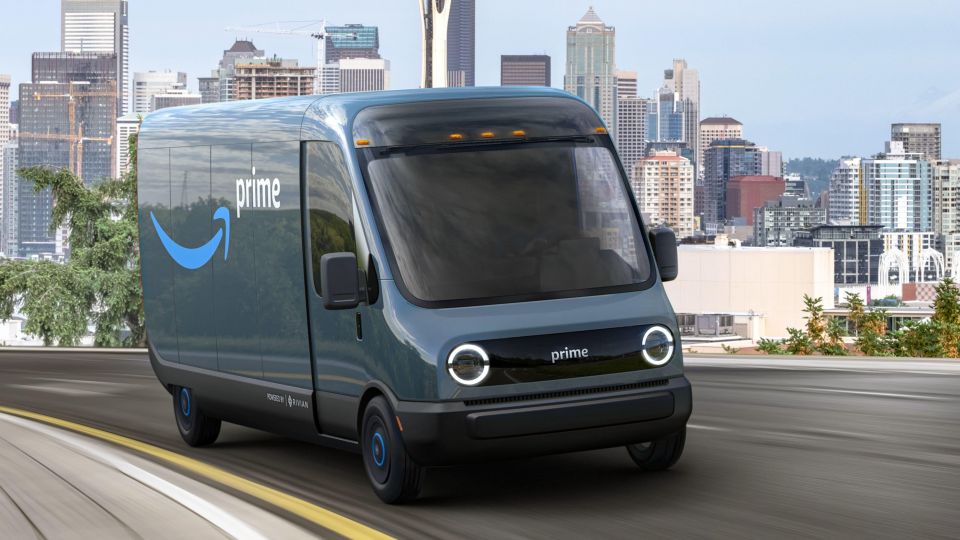
The company will offer it initially only in larger 700 guise – the name comes from its 700 cubic feet of cargo capacity – but will begin production of a narrower, shorter EDV 500 in early 2022.
The first EDVs will be delivered to Amazon this month and will come with Rivian’s proprietary fleet management platform, FleetOS.
Rivian has beaten the likes of Ford, GM and Tesla in bringing an electric ute to production.
The R1T and its R1S SUV counterpart will be powered by a choice of three different battery packs, with capacities of 105kWh, 135kWh and 180kWh. The latter two have claimed ranges of 505km and 643km, respectively.
Initial R1T models come with a quad-motor all-wheel drive powertrain with total outputs of 622kW of power and 1231Nm of torque, with a 0-60mph (0-96km/h) time of three seconds.
CarExpert does the hard work to get you the best price. No negotiating, no hidden costs, just expert help and real savings on your next new car.
William Stopford is an automotive journalist based in Brisbane, Australia. William is a Business/Journalism graduate from the Queensland University of Technology who loves to travel, briefly lived in the US, and has a particular interest in the American car industry.


William Stopford
3 Days Ago
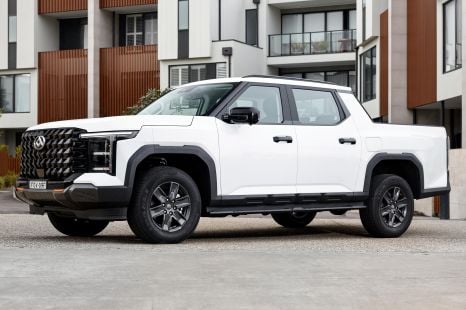

Damion Smy
2 Days Ago
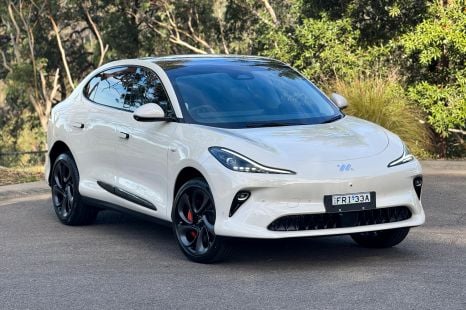

Matt Campbell
12 Hours Ago


Josh Nevett
9 Hours Ago


Josh Nevett
9 Hours Ago
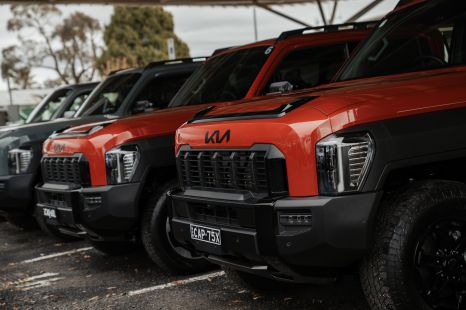

Josh Nevett
9 Hours Ago